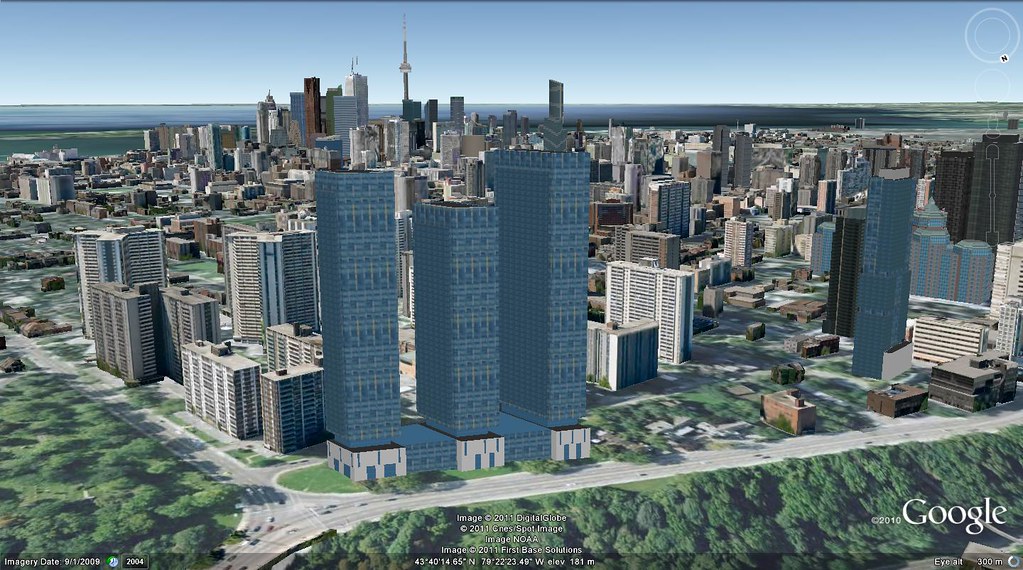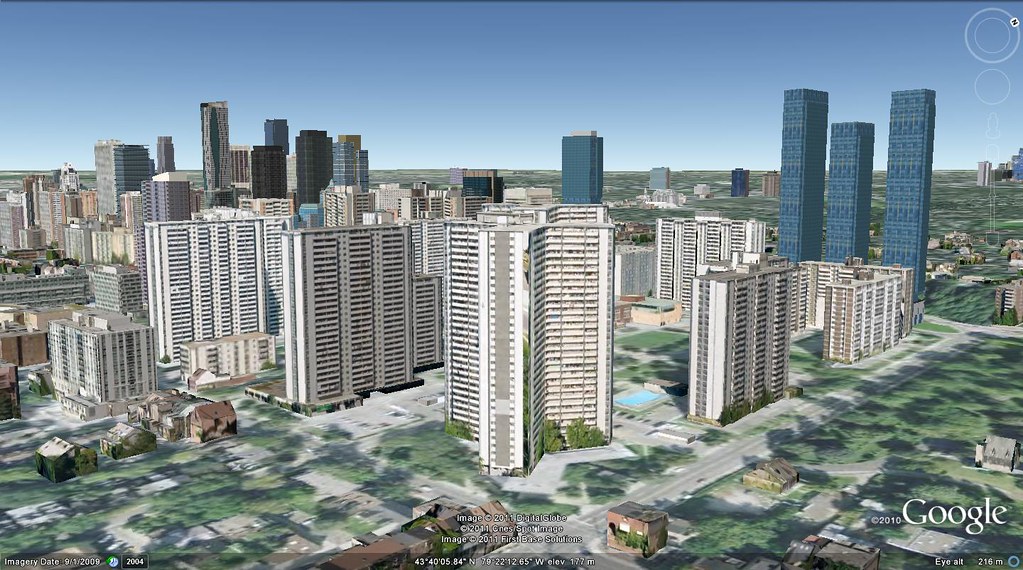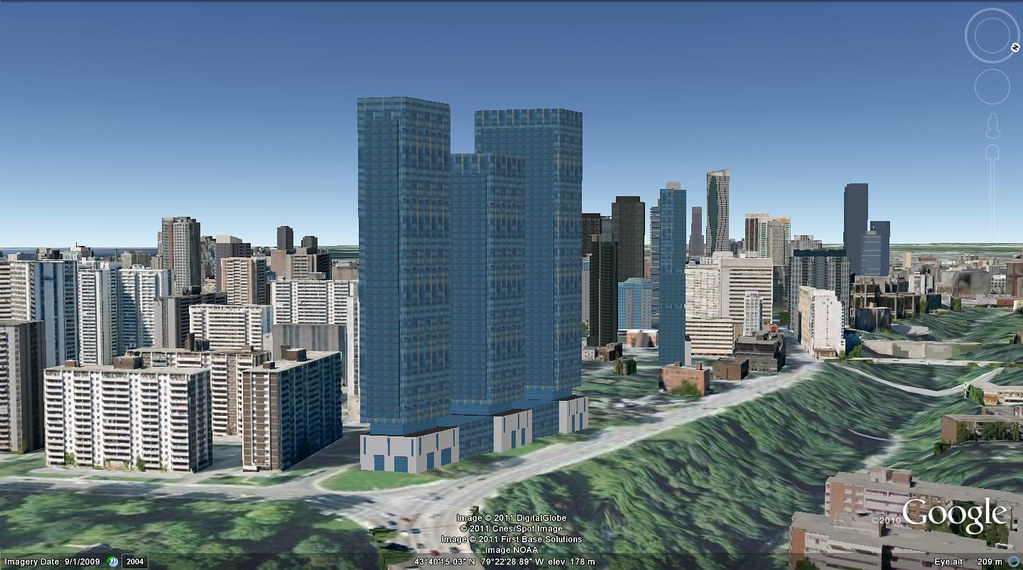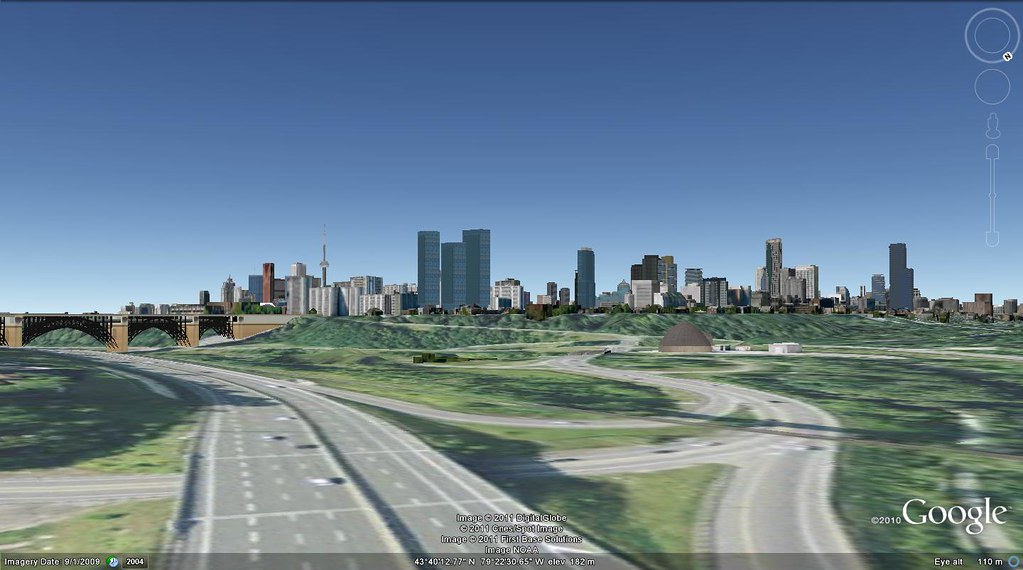marcus_a_j
Senior Member
The city planning department is making me shake my head on this one. There are no "concerns" here - they (and all of us really) should be glad, even relieved, that a respected developer is proposing a project designed by a top class architect for one of the shabbiest, most neglected blocks in all of the downtown. This project will single-handedly give the awful St. Jamestown area a massively needed boost, and restore some lovely heritage buildings that have been sadly languishing for decades to boot. Hell, it might even inspire some investment within the St. Jamestown buildings themselves. If I were the president of Lanterra I'd feel rather offended. I hope they go to the OMB and get the green light for everything they're proposing.
Posts like this make me shake my head. There are a TON of concerns in addition to the height and density, many of which greenleaf pointed out. The S.37 dollars will be enourmous (though they would relatively be on par with other large developments on $/unit basis) and indeed will help to restore some of the heritage buildings. If I recall from the staff report several heritage listed buildings will be demolished, while the ones that are designated will be restored. To say this project will single-handedly give St. Jamestown a boost is a bit of a stretch don't you think? The S.37 dollars will help, but they only go so far. Besides, this is not the first large development in the area. Tridel's Verve and JCM and the Times Group's 500 Sherbourne are just down the street.
It doesn't matter how respected a developer/architect team is. Concerns are going to pop up no matter what. It appears that this is the first design submitted and will inevitably change. taal is right, just because it's big, adds lots of density, and an experienced developer is behind the application doesn't mean it should just be rubber-stamped as is.



